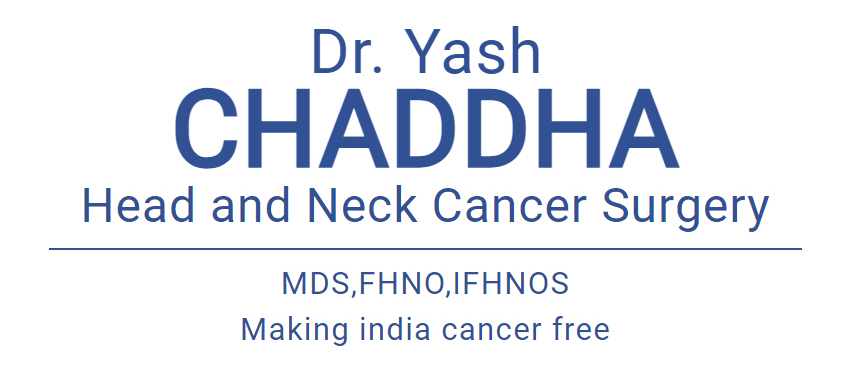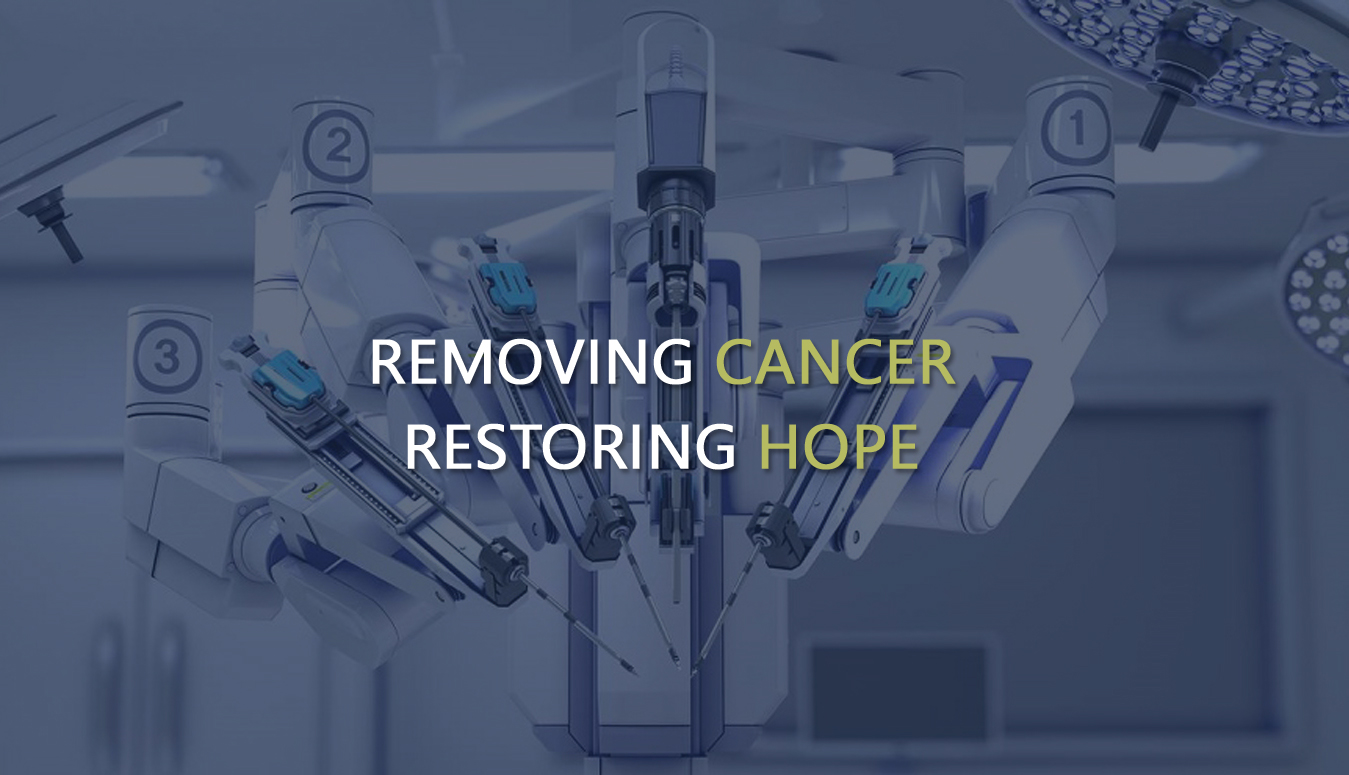Temporoparietal Temporalis Muscle Flap Reconstruction
Introduction
In the realm of head and neck oncology, the importance of reconstructive surgery cannot be overstated. Reconstructive procedures not only aid in the functional recovery of patients but also play a pivotal role in restoring aesthetics, thereby improving the overall quality of life. One such advanced reconstructive technique is the Temporoparietal Temporalis Muscle Flap (TPMF) reconstruction. Dr. Yash Chaddha, a distinguished Head & Neck Oncosurgeon specializing in surgical oncology and robotics, brings his vast expertise to NHMMI Narayana Superspeciality Hospital in Raipur, Chhattisgarh, offering state-of-the-art care and personalized treatment plans.
What is Temporoparietal Temporalis Muscle Flap Reconstruction?
The Temporoparietal Temporalis Muscle Flap reconstruction is a sophisticated surgical procedure that involves using the temporalis muscle and its overlying fascia to reconstruct defects in the head and neck region. The temporalis muscle is a fan-shaped muscle located on the side of the head, an ideal candidate for reconstructive purposes due to its proximity and versatility. This technique is particularly beneficial for patients who have undergone extensive tumor resection, leading to significant tissue loss.
Indications for TPMF Reconstruction
TPMF reconstruction is primarily indicated for patients with defects resulting from the surgical excision of malignant tumors in the head and neck. It is especially useful in:
- Reconstructing defects in the oral cavity, oropharynx, and skull base.
- Addressing facial paralysis by providing dynamic reanimation.
- Repairing defects resulting from trauma or congenital anomalies.
- Restoring contour and function in cases of tissue atrophy or loss.
The Surgical Procedure
The TPMF reconstruction procedure is meticulously planned and executed, typically involving the following steps:
- Preoperative Evaluation:
- Comprehensive assessment of the patient's medical history and physical examination.
- Advanced imaging techniques, such as CT or MRI scans, to evaluate the extent of the defect and plan the surgery.
- Surgical Planning:
- Detailed mapping of the donor and recipient sites.
- Consideration of the patient's anatomy and specific requirements.
- Harvesting the Flap:
- An incision is made along the temporal line, and the temporalis muscle is carefully dissected along with its vascular supply.
- The muscle flap is then rotated or transposed to cover the defect.
- Reconstruction:
- The flap is meticulously positioned and secured in place, ensuring adequate blood supply and minimal tension.
- Microsurgical techniques may be employed to anastomose blood vessels and nerves, enhancing the functionality and viability of the flap.
- Wound Closure and Postoperative Care:
- The donor site is closed, often with the help of local tissue or skin grafts.
- Postoperative care includes close monitoring of the flap for signs of viability, infection, or complications.
Benefits of TPMF Reconstruction
- Functional Restoration: The temporalis muscle can help in restoring functions such as chewing, swallowing, and facial expressions.
- Aesthetic Improvement: The procedure provides excellent cosmetic outcomes, maintaining the natural contours of the face and head.
- Versatility: The temporalis muscle's flexibility makes it suitable for various reconstructive needs, including both soft tissue and bony reconstructions.
- Reduced Morbidity: Utilizing a local flap reduces the need for distant donor sites, minimizing additional surgical risks.
Recovery and Rehabilitation
Recovery from TPMF reconstruction varies based on the extent of the surgery and the patient's overall health. Generally, patients can expect:
- Hospital Stay: A short stay in the hospital for monitoring and initial recovery.
- Pain Management: Appropriate pain relief measures to ensure comfort.
- Physical Therapy: Rehabilitation exercises to restore muscle function and range of motion.
- Follow-up Visits: Regular check-ups with Dr. Yash Chaddha to monitor healing and address any concerns.
Why Choose Dr. Yash Chaddha?
Dr. Yash Chaddha is a renowned Head & Neck Oncosurgeon with extensive experience in surgical oncology and robotics. His expertise in TPMF reconstruction ensures that patients receive the highest quality of care, tailored to their unique needs. At NHMMI Narayana Superspeciality Hospital in Raipur, Chhattisgarh, patients benefit from cutting-edge technology, compassionate care, and a multidisciplinary approach to cancer treatment.
Dr. Chaddha also offers his expertise through OPD services at Metro Balaji Hospital in Raigarh, Chhattisgarh, on the 1st and 3rd Saturday of every month. This accessibility allows patients from different regions to avail themselves of specialized care without traveling far.
Conclusion
Temporoparietal Temporalis Muscle Flap reconstruction is a highly effective technique for addressing complex head and neck defects. Under the expert guidance of Dr. Yash Chaddha, patients can achieve remarkable functional and aesthetic outcomes, significantly enhancing their quality of life. Whether you are dealing with the aftermath of tumor resection, trauma, or congenital anomalies, TPMF reconstruction offers a promising solution.
For consultations and appointments, contact NHMMI Narayana Superspeciality Hospital in Raipur, Chhattisgarh, at 999-309-4535. You can also visit Dr. Chaddha at Metro Balaji Hospital in Raigarh on the 1st and 3rd Saturday of every month.
Embrace a future with restored function and confidence. Schedule your appointment with Dr. Yash Chaddha today!
 help
help


